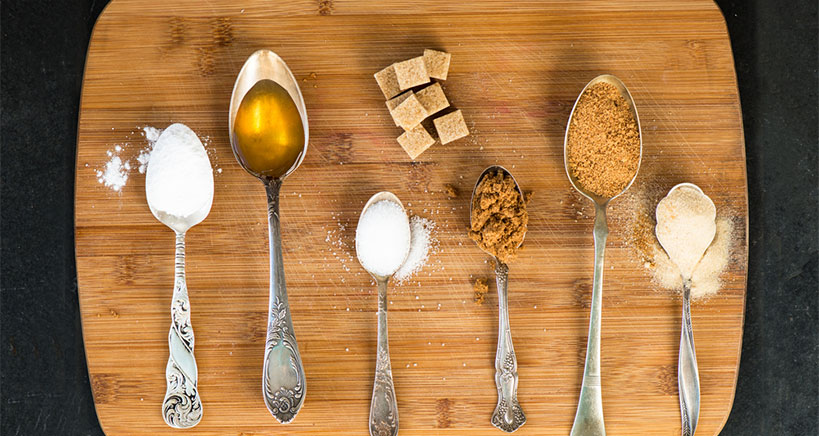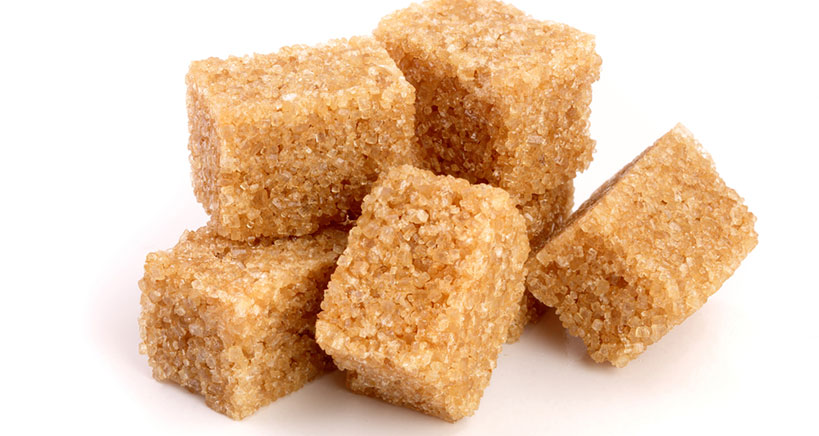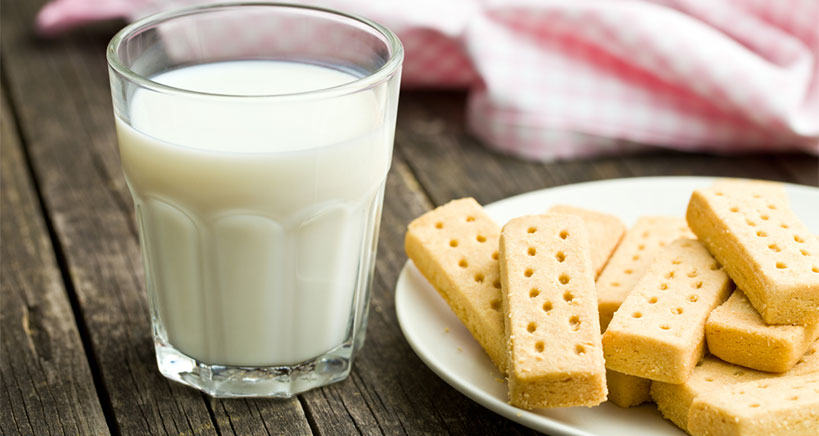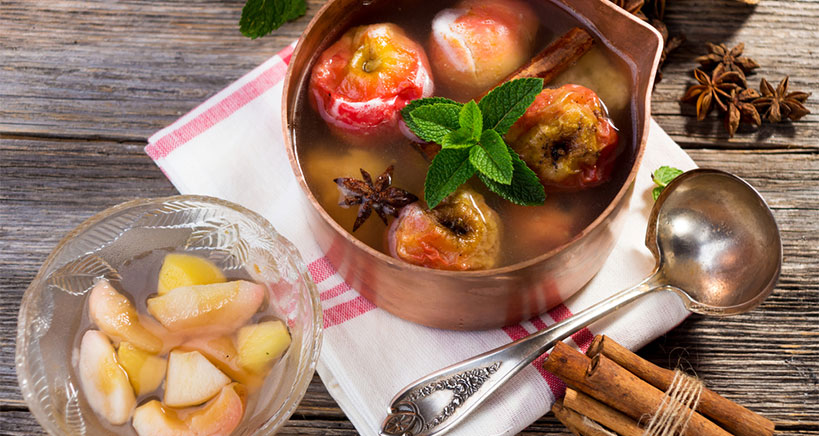
If you work in the bakery business or run a coffee shop, there is a good chance that one of your star ingredients is demerara sugar. Not only is its distinctive toffee-caramel flavor ideal for baking cakes and pastries but it has become a favorite among coffee and tea lovers who prefer its taste over other hot beverage sweeteners. The larger and grainier texture of demerara sugar crystals have also made it a popular pick among bartenders who use it to adorn the rims of cocktail glasses and as an accompaniment to brown liquors such as dark rum, bourbon, and whiskey.
We discussed maple syrup, and birch and walnut syrups as natural sweeteners in previous blogs, also rising in the popularity charts are natural brown sugar varieties such as molasses, muscovado, and evaporated sugar cane. With white processed sugars continuing to fall out of favor with consumers, now is a great time to get the full scoop on demerara sugar and its counterparts and learn how you can add them to your foodservice menus.
What Is Demerara Sugar?
Demerara sugar is made by pressing sugar cane to extract sugarcane juice. The juice is then boiled until the water has evaporated, thickening first into a syrup and then cooling and hardening. Retaining about 1%-2% of the natural cane molasses, the sugar is light brown in color and boasts a uniquely large and crunchy crystal which lends itself well for many dessert recipes and toppings.
Although it originated in Guyana, South America, the largest producers of demerara sugar today are Malawi in Africa and Mauritius in the south west part of the Indian Ocean. However the name demerara actually comes from the banks of the Demerara in Guyana where sugar mills first produced the product.
Is Demerara Sugar Healthier than White Sugar?
Compared to white granulated sugar, demerara is slightly less processed and a little more nutritious due to its natural molasses content. In fact, the darker the demerara sugar color, the greater the molasses and mineral levels. However its trace amounts of vitamins and minerals, which include calcium, iron, and B vitamins, are not considered significant.
In terms of carbs and calories, both sugar types contain equal amounts of sucrose and 15 calories per teaspoon. They also have similar effects on blood sugar levels.
The bottom line? Like all added sugars, demerara should be consumed in moderation.

Types of Brown Sugar
Brown sugars range from golden, light, and delicate to darker brown, moist, with a heavy molasses note. You can often substitute one type of brown sugar with another in recipes, with each variety having a slightly more or less pronounced effect on the overall flavor. Some demerara sugar substitutes include sanding sugar, which also has large crystals and a similar crunch, as well as coarser-textured turbinado sugar.
However, when it comes to raw, unprocessed brown sugars, the varying sweetness levels will affect the taste of your recipes. Examples of deep-flavored brown sugars (that according to enthusiasts blow white granulated sugars right out of the water!) include:
Muscovado: A cane sugar with a strong molasses appeal and very moist texture. Chefs particularly like to add its savory flavor to marinades and barbecue sauces and the extra-dark sugars are stunning in Christmas cakes and other fruit cakes.
Jaggery: Made from a java, coconut, or palm plant, this sugar comes in a pattycake form. Its sweet earthy flavor is perfect for fruit crumbles and on top of oatmeal.
Piloncilo: This unique Mexican sugar has a notable strong, smoky molasses flavor and is often used as a secret ingredient in sauces, soups, and salsas.
Sucanat: This raw, unrefined sugar is made from crystallized pure cane sugar and retains more molasses than any of its counterparts. It has a somewhat jarring burnt taste which does not lend itself well to light baking recipes, however it is perfect for recipes such as ginger cookies and spice cake.
The Gamut of Sugars: An Overview
Whether your customers prefer white or brown sugar varieties, the bottom line is that there are multiple sweet options to choose from! Sugar is an essential ingredient called for in almost all dessert recipes, so to help your chefs and bakers create culinary masterpieces that keep your customers coming back for more, here is an overview of what’s on the menu:
- Granulated (White) Sugar: This is the most common type of sugar found in grocery stores, restaurant pantries, and household kitchens. Its medium-sized crystals are used to sweeten drinks and to bake.
- Caster Sugar (aka Bakers’ Sugar): This highly grounded sugar manifests in very fine crystals that dissolve quickly and easily, making them ideal for preparing meringues, syrups, caramel, and for creaming together butter and sugar. This great ‘all-rounder’ is a particular favorite of the pros. INSIDERS’ TIP: You can make your own caster sugar by grounding regular granulated crystals in a food processor.
- Cane Sugar: 100% natural and sourced directly from sugar cane, you can use cane sugar in recipes in the same manner as granulated (regular).
- Icing Sugar (aka Confectioners’ Sugar): Icing and confectioner sugars are actually powder (not crystals) made from granulated sugar with an added anti-caking agent such as corn flour or cornstarch. They are most frequently used in icings and frostings and as a primary ingredient in cake decorating food items such as flower paste and fondant. They are also popular as a finishing touch sprinkled atop baked desserts and are a key ingredient in the making of specialty butter mints and peppermint candies. INSIDERS’ TIP: You can make homemade icing sugar by using a blender and the following recipe: Grind 1 cup of regular granulated sugar with 1 tbsp. corn flour or cornstarch until you have a very fine powder.
- Pure Icing Sugar: This variety is simply icing sugar without an anti-caking agent. Bakers commonly use it to make macaroons, but it needs to be doubly sifted to remove lumps before use.
- Coconut Sugar: A little less sweet with a slightly nutty flavor, natural refined coconut sugar can be used just like granulated sugar in recipes.

Recipe: Demerara Shortbread
If all this has whet your appetite for something sweet and savory, you are in for a treat! It’s time to don your chef’s apron, put on your oven mitts, and enjoy experimenting with the following demerara sugar and brown sugar recipes. Be sure to share the mouth-watering results with your customers – and don’t forget to post pictures of your culinary creations online as you invite masses of consumers worldwide to tune in, show up, and purchase your wares.
Ingredients
- 8 oz. slightly softened unsalted butter
- 1 tsp. salt
- 3/4 cup granulated sugar
- 1 tsp. vanilla
- 2 1/2 cups all-purpose flour
- 1 large egg white + 1 tbsp. water, lightly beaten
- 1/4 cup Demerara sugar
Instructions
- Preheat oven to 300 degrees F and line two cookie sheets with parchment paper.
- Using a mixer, cream the butter, salt, sugar, and vanilla until thoroughly mixed. Slowly beat in the flour until just combined.
- Divide the dough in half and roll each piece into a log.
- Brush each log with the egg white, sprinkle with Demerara sugar, and wrap in plastic or wax paper; refrigerate for one hour.
- Slice each log into 3/8-inch slices. Bake on cookie sheets for about 22 minutes.
- Cool shortbread cookies on a wire rack and store in an airtight container
- Enjoy!
- 3 tbsp. unsalted butter
- 3 tbsp. brown sugar
- 2 medium apples, cut into ½-inch slices (about 2½ cups)
- 1 tsp. cinnamon
- 1/4 tsp. ginger
- 1/8 tsp. nutmeg
- Pinch of salt
- Combine all ingredients and pour into a baking dish. Bake at 300 degrees F until golden brown (about 20 minutes).
- Bon Appétit!

Recipe: Spice Apple Compote
Ingredients
Instructions